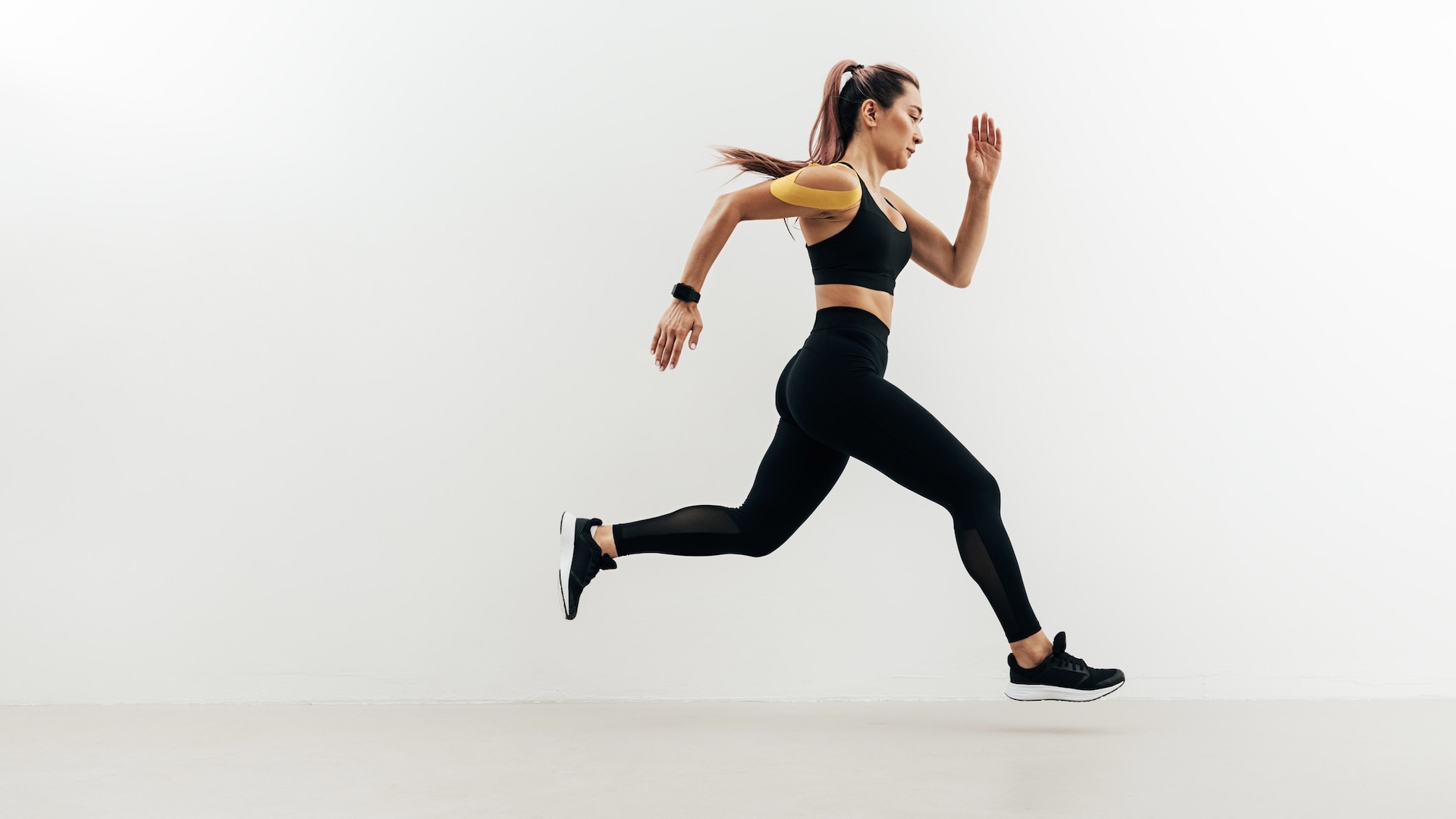What is the female athlete triad – and plans for recovery
Expert advice and research reveals the symptoms of the Triad – and ways to avoid the condition or recover after diagnosis

The female athlete triad is a complex and interrelated medical condition that can impact some female athletes. The condition comprises three components: Low energy availability (EA), menstrual dysfunction, and low bone mineral density (BMD).
This complex disorder was first coined by the American College of Sports Medicine in 1992 after many experts in the field had noticed a pattern among adolescent and young adult female athlete patients.
The triad can affect both road runners and trail runners.

What are the signs of the female athlete triad?
The main cause of the female athlete triad is an energy imbalance, as cited by FamilyDoctor.org. The imbalance causes athletes to use more energy, such as running too much, than they consume in calories. Females who are very active may suffer with the condition, whether by accident or on purpose.
Symptoms can include fatigue, weight loss, stress fractures in bones, absent or abnormal menstruation (periods), fasting or limiting food intake, self-induced vomiting, and exercising to extremes.

What is low energy availability?
The Triad symptom of low energy availability is defined as inadequate caloric intake to meet the energy demands of the body.
Carolin Goncalves, an expert on health, wellbeing and medical matters, reports that low EA can result in menstrual dysfunction, including amenorrhea; luteal phase deficiency, which is a fertility disruption; and anovulation, where an egg doesn't release during the menstrual cycle.
All the latest inspiration, tips and guides to help you plan your next Advnture!
What is menstrual dysfunction?
Goncalves, from Pharmica and who has more than 10 years' experience of advising female patients on how to treat a wide range of health conditions, says: "Menstrual dysfunction is caused by low levels of oestrogen and other hormones in the bloodstream, which can lead to adverse health, including amenorrhea, or cessation of menstruation."
Amenorrhea describes the absence of menstruation for three consecutive months or more and has been shown in various studies, including this research, to be an issue for female athletes competing to high levels.
In fact, one study suggest that approximately half of exercising women experience subtle menstrual disturbances and that a third of exercising women may be amenorrheic.

What is low bone mineral density?
Osteopenia is a loss of bone mineral density (BMD). If you have lower BMD it indicates you have fewer minerals in your bones than you should, which makes bones weaker.
One of the side effects of the female athlete triad conditions is lower levels of oestrogen due to menstrual disturbances. In turn, this can lead to decreased bone density, making female athletes more susceptible to bone injuries, such as stress fractures.

Prevention and avoidance of the female athlete triad
Goncalves says: “To overcome, or avoid, the female athlete triad there needs to be a multi-faceted approach that addresses each of the three components.”
A research paper indicates that because of the complex nature of the Triad, treatment can be challenging and requires a multidisciplinary approach. Team members often include a physician, psychologist or psychiatrist, nutritionist or dietitian, physical therapist, athletic trainer, coach, family members, and most importantly, the patient.
To prevent low energy availability, athletes should focus on maintaining a healthy and balanced diet that provides sufficient energy to support their physical activity level.
Goncalves suggests that athletes, or their coach, seek the help of a registered dietitian to develop a personalised nutrition plan that meets their individual needs.
She says: ”It is essential to consume the recommended calorie intake, in addition to sufficient carbohydrates, healthy fats and an adequate protein intake to maintain muscle mass and support bone health.”
In addition to proper nutrition, female athletes should pay attention to their menstrual cycle and seek medical attention if they experience irregular periods or menstrual disturbances.
Research shows that some female athletes are reluctant to seek help even when they know they notice amenorrhea.
Goncalves reports that the people working with female athletes should be alert to Triad symptoms. She says: “Coaches and sports professionals should monitor athletes at risk of the Triad to ensure that they are consuming enough calories and nutrients to meet their energy demands.
“Athletes should also incorporate a variety of exercises into their training routines that promote bone health, such as weight-bearing and resistance training. These exercises can help to increase bone density and reduce the risk of stress fractures and other bone injuries.”
Other tips include exercising in moderate amounts, ensuring plenty of rest and recovery and finding ways to reduce stress.

Fiona Russell is a widely published adventure journalist and blogger, better known as Fiona Outdoors. She is based in Scotland and is an all-round outdoors enthusiast with favorite activities including trail running, mountain walking, mountain biking, road cycling, triathlon and skiing (both downhill and backcountry). Aside from her own adventures, Fiona's biggest aim is to inspire others to enjoy getting outside and exploring, especially through her writing. She is also rarely seen without a running skort! Find out more at Fiona Outdoors.
